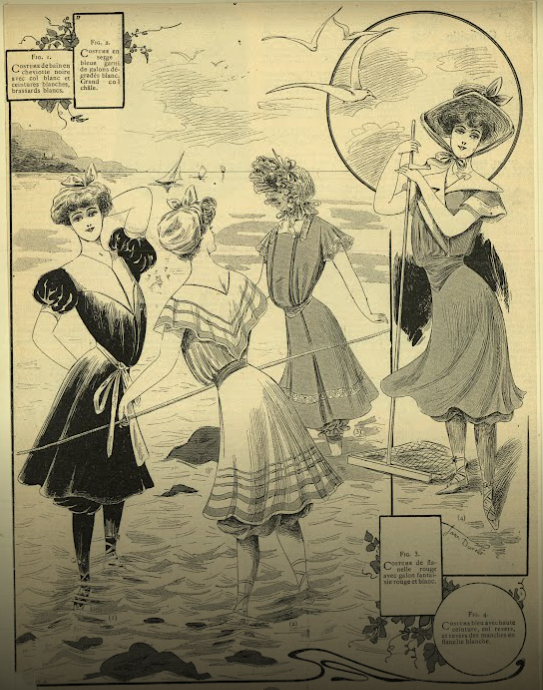Who’s ready to learn some fun facts about leap years? 2024 is a leap year, meaning there will be an extra day in February. They occur every four years, and the last one happened in 2020. But why does this take place? Why do we even need leap years to happen? And what would happen if we didn’t have them?
Let’s start with the basics. A year is the time it takes for a planet to orbit the Sun. For example, Mercury takes 88 days to go around the Sun. From Earth, a year usually takes 365 days and 6 hours, also called common years. Instead of saying the year lasts 365 days and 6 hours, it takes exactly 365 days and 5 hours, 48 minutes, and 56 seconds to orbit the Sun. When we round up, we round to 365. Since we subtract the 6 hours (¼ of a day) from 3 years, they don’t just disappear, we add those to the 4th year to make a day.
I know what you’re thinking. And no, we don’t have leap years just because we feel like it. Leap years are essential to match up our solar year, and nope, we can’t just take off the 6 hours because it could jumble up the whole year by adding and adding those hours, causing months and seasons to happen at different times. Having a leap year ensures that the year doesn’t start to get messed up.
Did you know that leap years can be skipped? When we have a leap year every four years, 44 extra minutes are added, causing the season to move on our calendar. This is why we can’t have a leap year every four years. The year 2000 was a skipped leap year, and 1700, 1800, and 1900 were not because of the rule that a year is divisible by 100 and not 400, causing a leap year to be skipped, making the next skipped leap year 2100.
Also, a special shoutout to all the leap-year babies who can finally celebrate this year! Leap years are called leap years, primarily for birthdays that fall on February 29th. A year is usually 52 weeks and one day long, meaning your birthday could occur on one day, and next year, it could happen on a different day. But, with the extra day, your birthday leaps over a day instead of following the standard calendar.
So, let’s recap everything we learned about how leap years are used to keep our planet on track. A common year usually consists of 365 days, but due to leap years, it changes to 366. We cannot eliminate those 5 hours, 48 minutes, and 56 seconds as much as we would like. Leap years can be skipped due to the divisible rule by 100 but not by 400. Leap years were named after how leap year birthdays happen. Leap years help keep our calendar from falling apart.






























